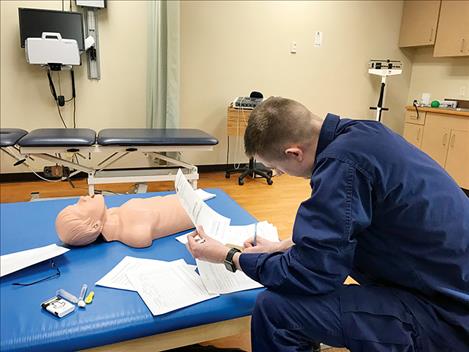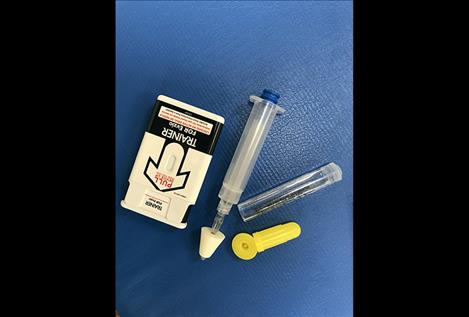State health officials raise awareness of rising STD rates
Hey savvy news reader! Thanks for choosing local.
You are now reading
1 of 3 free articles.
News from DPHHS
State health officials report the upward trend over the past several years of sexually transmitted diseases in Montana are now reaching record highs.
Gonorrhea rates have been increasing over the past seven years and are now projected to reach nearly 1,500 cases in 2019. Department of Public Health and Human Services STD/ HIV program manager Dana Fejes said the gonorrhea numbers haven’t been this high in 40 years.
Other STDs like syphilis and chlamydia has also been increasing, despite the availability of free prevention supplies and information on safe sex. Cascade and Yellowstone County have been impacted the most by gonorrhea and syphilis in 2019.
“This is very concerning,” Fejes said. “And the reason we’re concerned is because of the serious health consequences that can occur to an individual with an STD if left untreated. Some people are at greater risks for complications, such as those who have a suppressed immune system and pregnant women. Sometimes, there are no symptoms and the infection is spread to others unknowingly.”
In addition, people with an STD may be at an increased risk of getting HIV. This is because the same behaviors and circumstances that may put someone at risk for getting an STD also puts them at greater risk for getting HIV. Having unprotected sex, with multiple or anonymous partners, increases the likelihood that someone might get infected.
Fejes notes the increase is not unique to Montana. According to the Centers for Disease Control and Prevention, syphilis and gonorrhea reports are the highest nationwide since 1991.
Public health officials said social media is also playing a role. Social media platforms and anonymous sex have further complicated the ability to reach partners to get them tested and treated. This is a necessary step to stop further infections. To keep up with the increase of online dating, local and state partners are reaching out on social media to urge sexually active persons to get tested for STDs and stay safe.
Local disease trends are posted on the DPHHS website at STDFree.mt.gov to remind the public that STDs are not a thing of the past. A new public health campaign was created to raise awareness about the rising STDs in Montana. Free awareness materials are being provided to various local STD clinics and through HIV outreach contractors.
Fejes reminds everyone that STDs are entirely preventable and even though some activities can pose greater risks, there are things that everyone can do to stay healthy:
Talk to your health care provider about STD testing. Take charge of your own health, get tested and treated correctly. Find free or low-cost testing locations at GetTested.MT.gov
Learn about STDs and how to avoid them at STDFree.MT.gov.
The most reliable way to avoid infection is to not have sex.
Reduce your number of partners and talk about sexual health with your partners.
Use protection correctly every time. Synthetic non-latex condoms can be used for those who have latex allergies.
Visit your local STD clinics, outreach workers or health departments to learn more, grab some free stuff and get the conversation started with friends.
Visit DPHHS on Facebook, like and share our Public Health in the 406 #GetTestedMT messages.
It only takes simple steps to stop STDs from spreading. Many local resources are available with little to no cost.

















